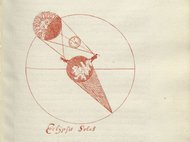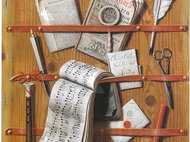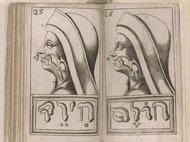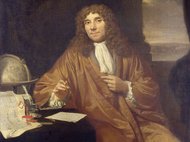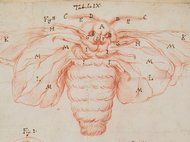
Visualizing Science in Media Revolutions
The Max Planck Research Group "Visualizing Science in Media Revolutions" investigates how technological change in the early modern period reconfigured both what scientific practitioners could observe (one thinks, for example, of the development of the microscope and telescope) and how they could then visually communicate and validate these observations within their intellectual communities (one thinks of printed media, the succession of refinements in printing techniques, and the emergence of new vehicles of communication such as the scientific journal). The Research Group has thus far treated visualization as both a product and a mode of presenting scientific inquiry whose dissemination and circulation increasingly took advantage of the affordances of early modern print technology. Probing into diverse scientific disciplines ranging from anatomy to astronomy, from microscopy to the mathematical study of music, the Research Group’s work focuses on the late medieval and early modern period (ca. 1400–1800). In doing so, it also provides resources for reflecting on current changes in the visualization of knowledge as a result of the ongoing digital revolution. Thematically, the Research Group has worked on four large topics: "Diagrams in Science", "Media Revolutions and Images", "Translation and the Early Modern World", and "Visualizing the Unknown". In a final phase of the project, the Research Group will shift its focus from the "image as medium" to the "image as method". In this phase we will investigate images not only as reproducing what we see or what was seen but, more importantly, as a part of how we see; in other words, it is as much process as it is product.
Methodologically, the Group cultivates a highly eclectic approach, as befits its interdisciplinary profile (encompassing art history, history of science, theater studies, musicology, language studies, amongst others) and its transdisciplinary collaborations (with biologists, mathematicians, architects, to name a few). The frequent recourse to comparative methods, often in combination with "slow looking" (a visual analogue to what in textual disciplines is known as "close reading"), is allowing us to draw out common epistemic traits in modes of visualization as they were utilized in highly disparate fields such as anatomy and astronomy. These methods have also been adapted to aspects of the Research Group’s research that fall under the rubric of digital humanities and have involved amassing and typologizing collections of images. Historical reenactments as well as drawing are also playing a part in our work and have sensitized us to the contribution that images make in arriving at results, thus paving the way for the next phase of research devoted to the "image as method."
